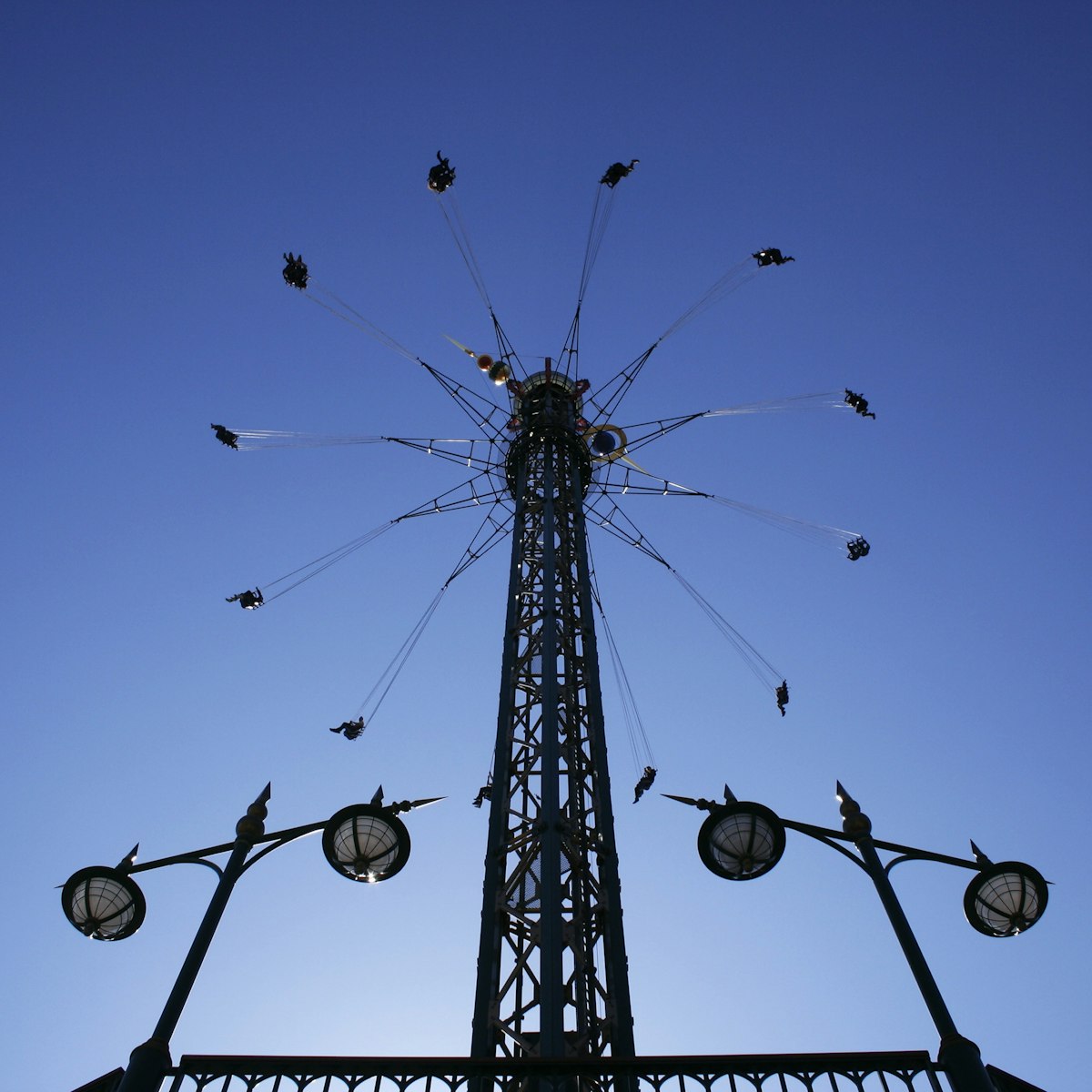Five original Viking ships, discovered at the bottom of Roskilde Fjord, are displayed in the main hall of this must-see museum. A short walk away, the same ticket gives access to the workshops of ІСіЬІхұріЬіҫІхГё, where archaeological and reconstruction work takes place, and Nordic longboats depart. There are free daily guided tours (45 minutes) in English in the summer; see the website for times.
RoskildeвҖҷs Viking-era inhabitants were expecting trouble in the mid-11th century. Five clinker-built ships, all made between 1030 and 1042, were deliberately scuttled in a narrow channel 20km north of Roskilde, presumably to block an attacking army. Once they had been holed and sunk, a mass of stones was piled on top to create an underwater barrier.
In 1962, a coffer dam was built around them and sea water was pumped out. Within four months, archaeologists were able to remove the mound of stones and excavate the ships, whose wooden hulks were in thousands of pieces. These ship fragments were painstakingly reassembled onto skeleton frames in the purpose-built Viking Ship Hall. This brutal-looking minimalist construction becomes something magical inside, where the ghostly boats seem ready to float once more on the waters of the fjord.
The ships show off the range of the Viking shipwright skills: thereвҖҷs an ocean-going trading vessel, a 30m warship for international raiding, a coastal trader, a 17m warship probably used around the Baltic, and a fishing boat. Carbon dating and dendrochronology have uncovered further secrets, including the fact that one ship was made in Norway, and another came from Dublin.
Interesting displays about the Viking Age put the boats into a historical context, and the basement cinema runs a 14-minute film (available in Danish, English, French, German, Italian and Spanish) about the 1962 excavation. ThereвҖҷs also a fascinating exhibition and film documenting the nail-biting 2007 voyage of the Havhingsten fra Glendalough from Roskilde to Dublin and back. Based on the original 60-oared warship Skuldelev 2, itвҖҷs the largest Viking ship reconstruction to date: 340 trees went into its creation.
Along with reconstructions of the other original Viking boats and typical of later Scandinavian wooden vessels, it is moored at nearby ІСіЬІхұріЬіҫІхГё, a 'museum island' of workshops where, from around April to mid-October, those with Ship Museum tickets can watch demonstrations by, perhaps, a blacksmith, tar-burner, weaver, rope-maker and/or fletcher. Children can join in the fun by striking coins and painting their own shields. Non-ticket holders can still glimpse the reconstructed boats.








